Introduction to the flavor and taste characteristics of Yejia Coffee Coffee Ted Manor washed and sunburned the characteristics of Yega Chefe Coffee beans
Professional coffee knowledge exchange more coffee bean information please follow the coffee workshop (Wechat official account cafe_style)
For more boutique coffee beans, please add private Qianjie coffee on Wechat. WeChat account: qjcoffeex
People who often go to cafes should be familiar with the name Yega Xuefei. Some people will say that it is a province, some people will say it is a producing area, and some people think it is a bean.
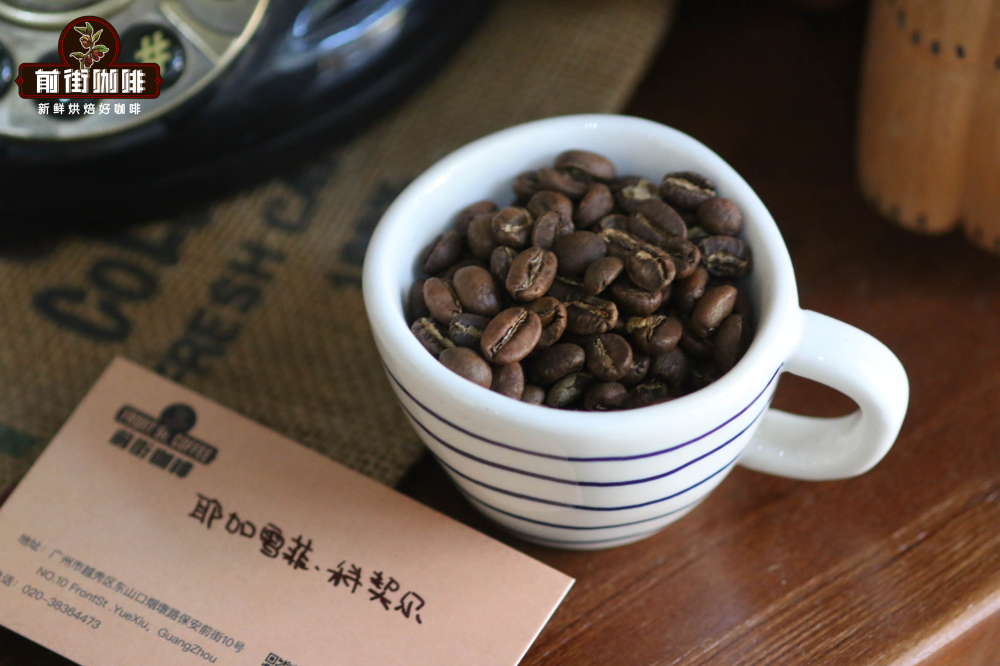
In fact, Yejasuefi is a small town in Ethiopia, and as long as the coffee beans produced in this town are called Yejasuefi coffee beans. In this article, Qianjie Coffee will chat with you about the coffee beans from this producing area. How charming!
Where is Yega Xuefei?
Yegashafi was originally a small town in Ethiopia's sidamo province, but in 1995, when the Ethiopian district was redivided, Sidamo was no longer a district. Yegashafi was classified under the GEDEO district.
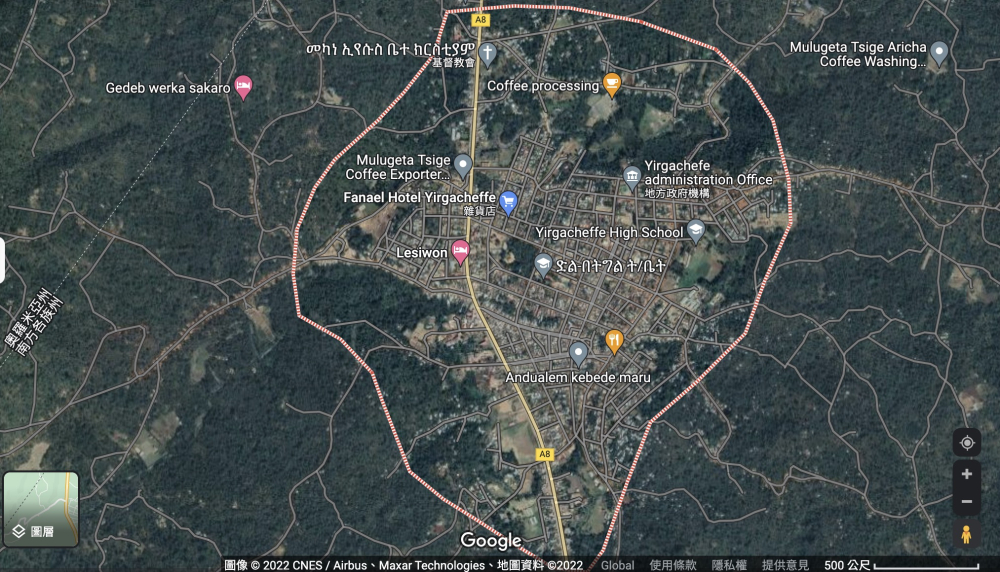
Later, coffee traders found that the beans produced in this area have a very special floral aroma and lemon and citrus aroma, which are very popular with coffee consumers. So many people will especially choose coffee beans from Yejasuefei before export, hoping to sell them at a better price.
Until 2009, the Ethiopian merchandise Trade Center promoted a certification in several specific producing areas (Wenago, Yigacheffe, Kochere, Gelena~Abaya), divided into classic Yegashefi (YigacheffeA) and no classic Yega Sheffield (Yigacheffe B), which means that what you are likely to drink is not from Yonghe, but is still marked with the name Yonghe soymilk does not necessarily come from Yonghe.
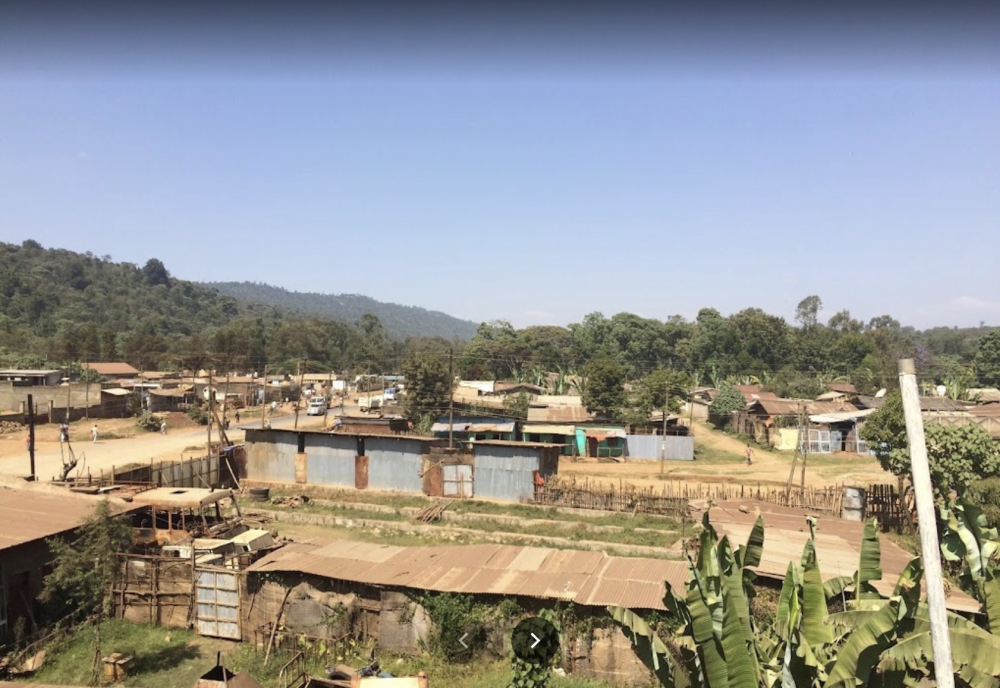
Nowadays, most of the Yejashafi we can drink refers to the producing areas or areas, and there are also many cooperatives that deal with coffee beans in the Yegashafi area. Some of the more common ones are Kochere, Worka, Gotiti, Chelelektu, Misty Valley and Konga.
Raw bean merchants usually label Yegasuefi / cooperative when trading these beans to indicate that the beans come from the Yegashafi area. Ethiopian coffee is mostly related to place names, but not all places are classified by place names.
Why are Yejashafi coffee beans so attractive?
Located in the coffee belt, about 1700 to 2100 meters above sea level, Yega Xuefei is one of the highest and highest coffee producing areas in the world. It is also very suitable for the growth and cultivation of Arabica coffee beans. At the same time, it has been a wetland since ancient times, sufficient water, high altitude and topography have created a rich micro-climate and a large temperature difference between day and night, as well as the soil is rich in phosphoric acid.
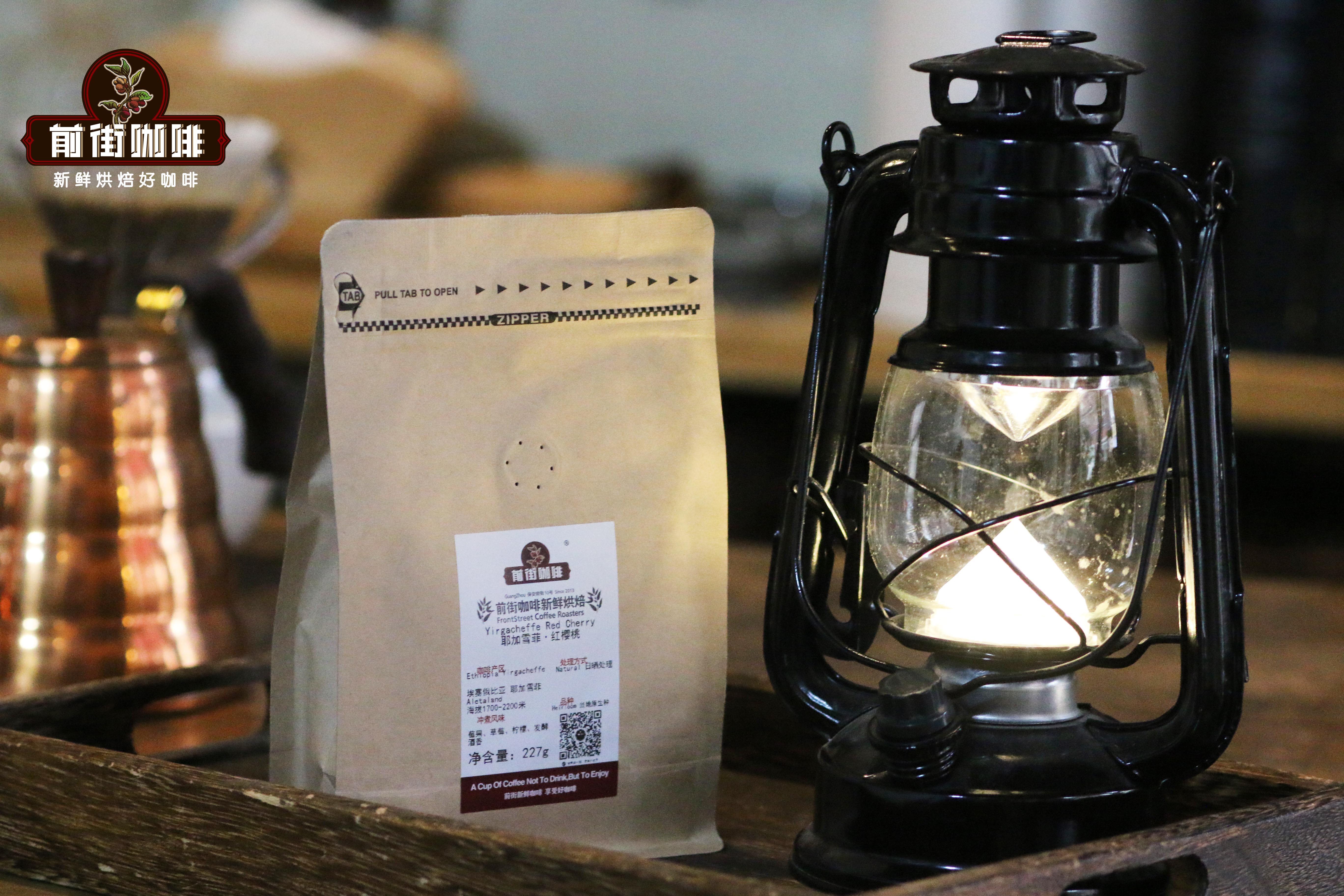
Under the combination of various excellent conditions, the coffee beans produced by Yega Xuefei have bright acidity, accompanied by the aroma of white flowers and tea-like sweetness. Compared to knowing that traditional coffee is only full-bodied, full-bodied and bitter, Yega Chuefei is fresh and clean, and its sour taste is very subversive.
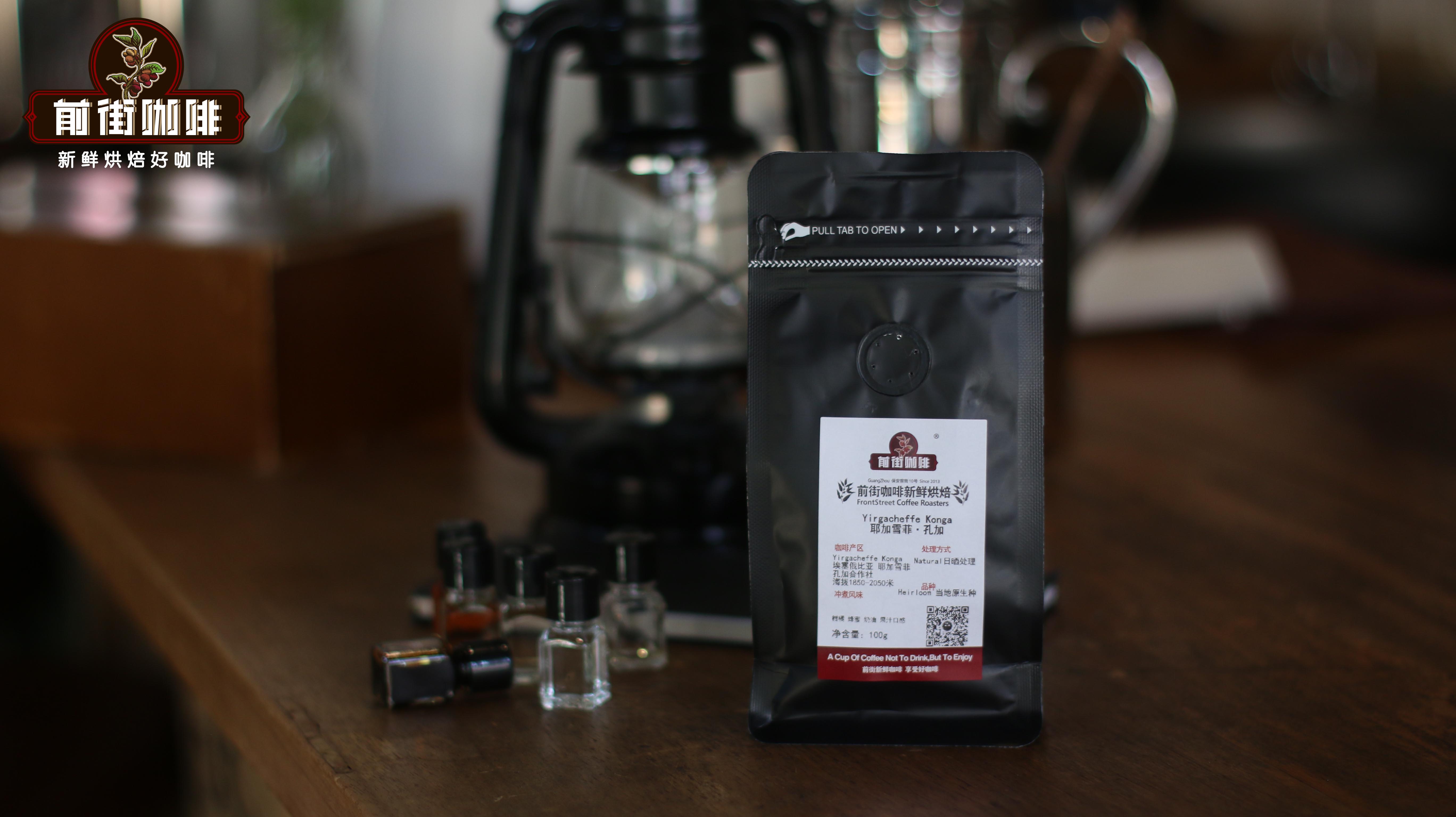
In the cup of Qianjie Coffee, it was found that the dried coffee beans produced in this area usually have distinct aromas of citrus and berries, or fresh white flowers. And wet fragrance is often like honey, soft sweet and full juice intertwined, light and lively, delicate aftertaste, infinite aftertaste.
Ye Jia Xuefei coffee beans how to make better?
If you want a cup of Yega Chefe coffee to taste good, you first need to use freshly roasted coffee beans to grind and brew. All coffee beans sold in Qianjie Coffee are sent out within 5 days after baking to ensure that the coffee beans received by partners have the best aroma and flavor ~ the best taste period for freshly roasted coffee beans is 30 days.
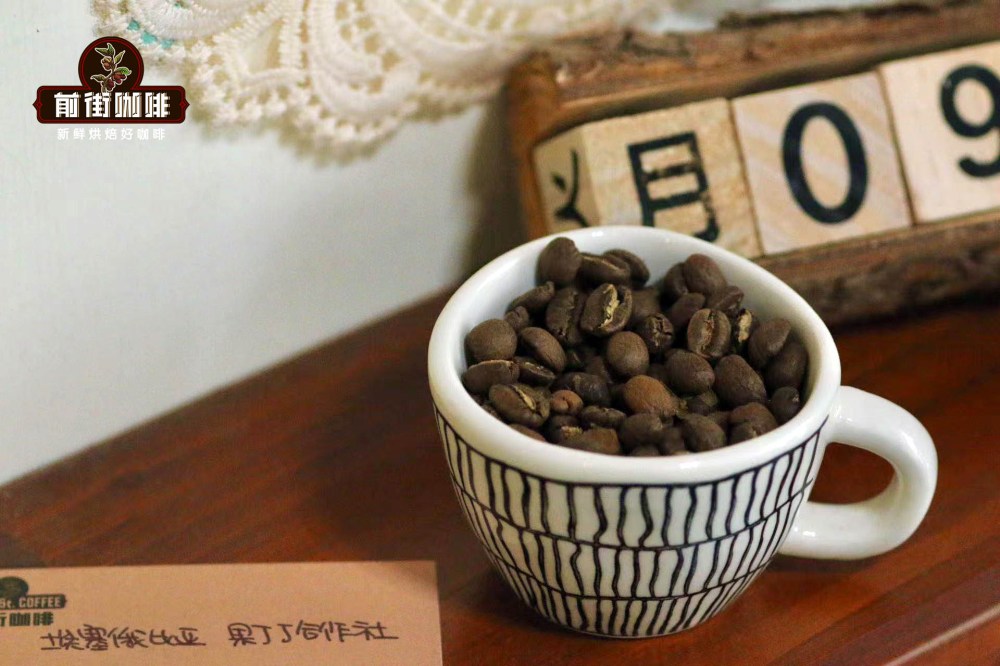
In order to retain the bright acidity of Yejiaxuefei coffee beans, Qianjie coffee is roasted to a medium-shallow level, so the structure of coffee beans does not change much during the roasting process, and the substances are not easy to be extracted. therefore, Qianjie coffee is recommended to be ground (80% of China No. 20 standard sieve) with hot water brewing at 90-91 degrees Celsius.
Filter cup: Hario V60; powder quantity 15g; water temperature 90 ℃; grindability: medium fine grinding (Chinese standard No. 20 sieve pass rate 80%); powder-water ratio: 1V15; staged extraction.
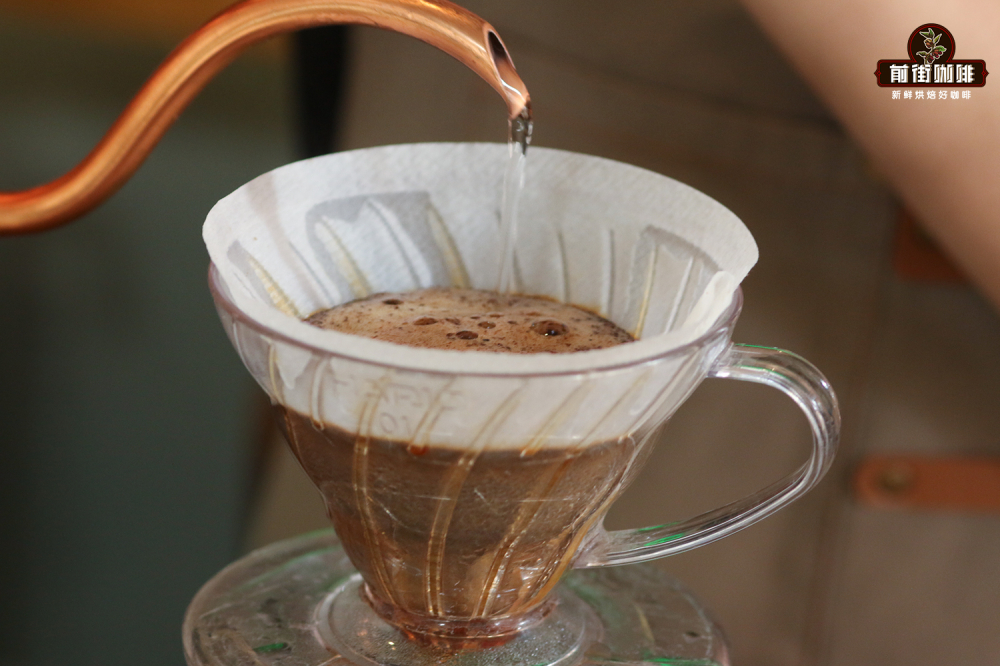
Steam 30 grams of water for 30 seconds, water injection to 125 grams in the center of the small flow, continue water injection to 225 grams when the water level is about to be exposed to the powder bed, remove the filter cup when the water level drops and expose the powder bed, and the extraction time is 2 minutes.
Important Notice :
前街咖啡 FrontStreet Coffee has moved to new addredd:
FrontStreet Coffee Address: 315,Donghua East Road,GuangZhou
Tel:020 38364473
- Prev
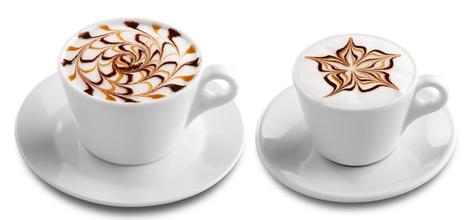
Kona Coffee, Hawaii introduces the Manoa Valley area of Oahu.
Hawaii is a paradise for tasting and buying coffee. Each island has several unique places for tourists and local residents to taste and buy coffee, including comfortable and warm shops and comprehensive centers to introduce coffee knowledge. In Hawaii, you can watch the fiery sunset sink into the red-orange sea, feel the fresh air filled with the scent of flowers, and sit by the sea and have a drink
- Next

Rwanda Coffee Manor with extreme Taste characteristics introduces the Lute Xilo producing area in the western province
Mellow [Body]: the taste of the tongue after drinking coffee. The change of alcohol content can be divided into light to light as water to light.
Related
- Does Rose Summer choose Blue, Green or Red? Detailed explanation of Rose Summer Coffee plots and Classification in Panamanian Jade Manor
- What is the difference between the origin, producing area, processing plant, cooperative and manor of coffee beans?
- How fine does the espresso powder fit? how to grind the espresso?
- Sca coffee roasting degree color card coffee roasting degree 8 roasting color values what do you mean?
- The practice of lattes: how to make lattes at home
- Introduction to Indonesian Fine Coffee beans-- Java Coffee producing area of Indonesian Arabica Coffee
- How much will the flavor of light and medium roasted rose summer be expressed? What baking level is rose summer suitable for?
- Introduction to the characteristics of washing, sun-drying or wet-planing coffee commonly used in Mantenin, Indonesia
- Price characteristics of Arabica Coffee Bean Starbucks introduction to Manning Coffee Bean Taste producing area Variety Manor
- What is the authentic Yega flavor? What are the flavor characteristics of the really excellent Yejasuffi coffee beans?

